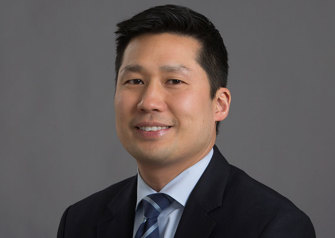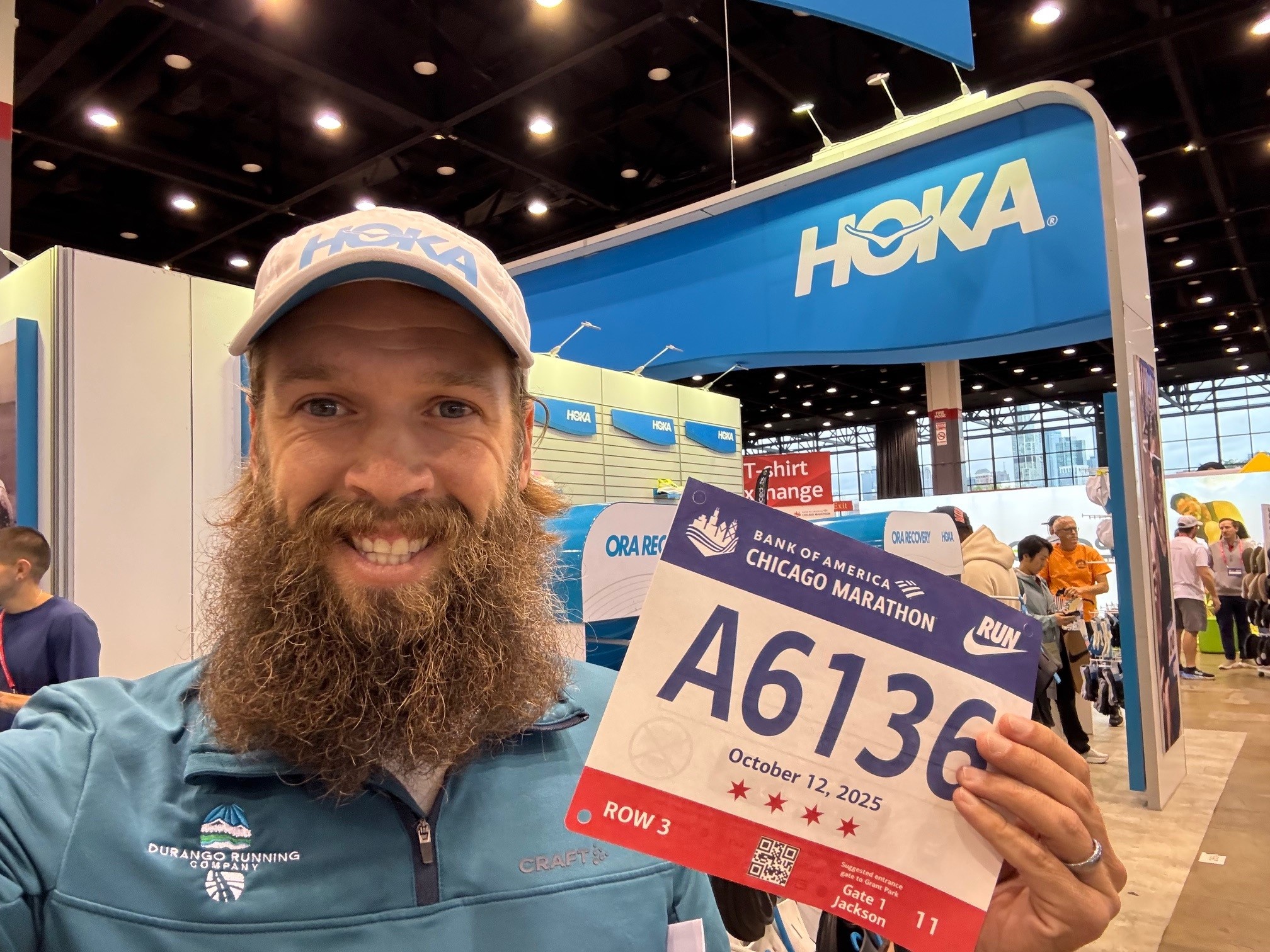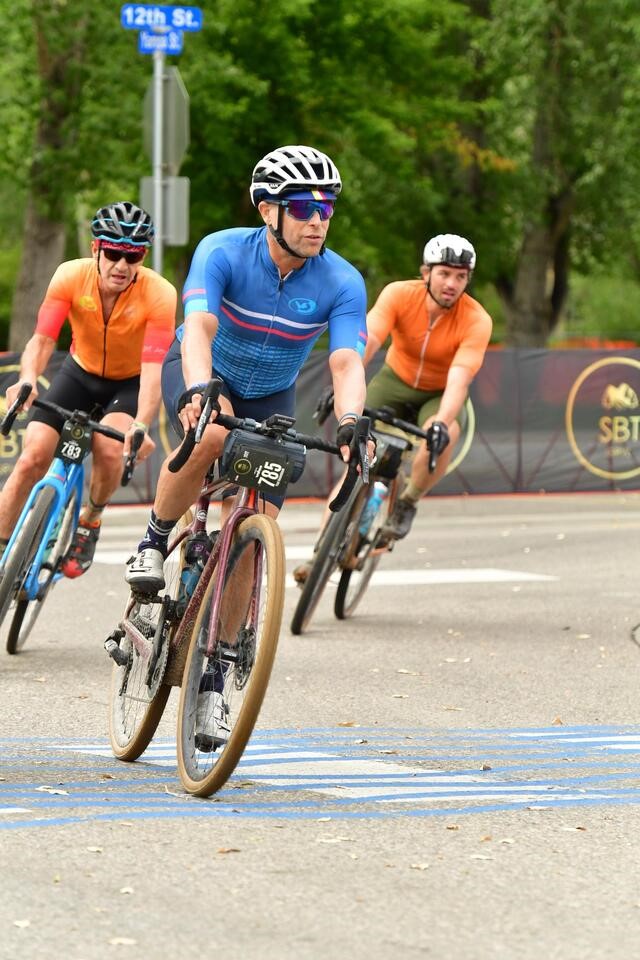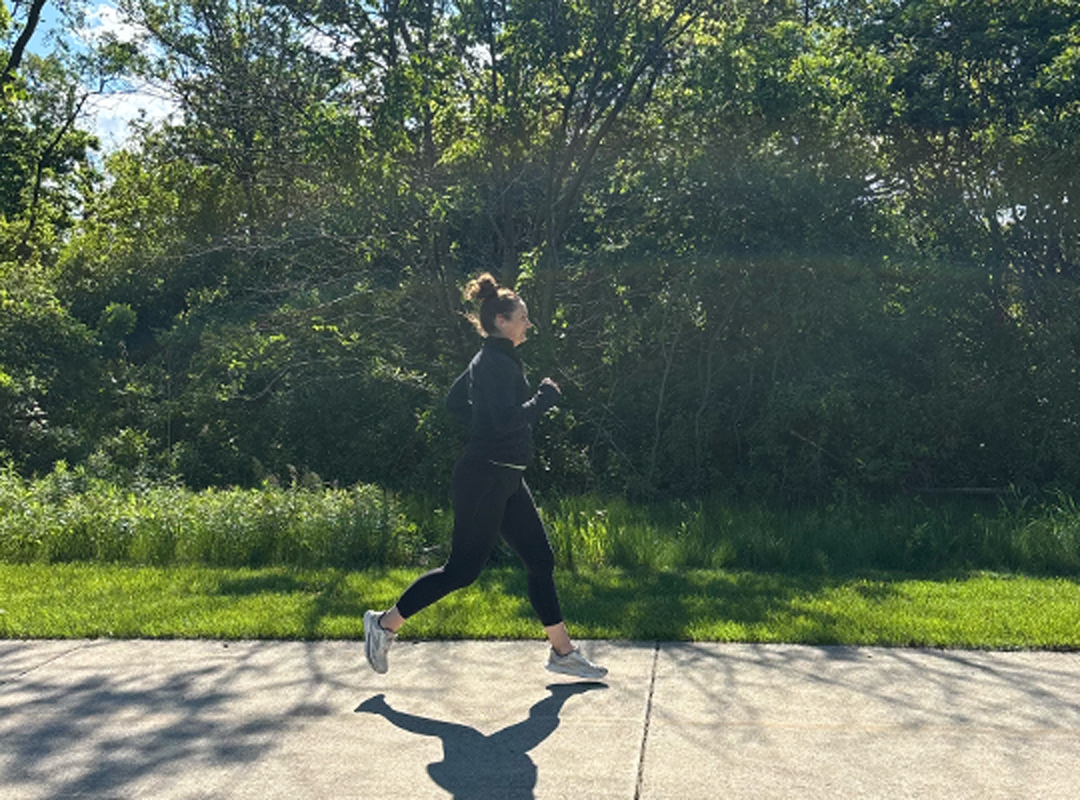
Patient Stories
How Surgery Helped Heal Athlete’s Hip Impingement
Date posted: 11/2/2016
Last updated: 11/2/2016
Table of Contents
By Shane Nho, MD
In our orthopedic surgery practice at Rush, we see a lot of very active adults who try to keep a very balanced, healthy lifestyle, as well as people who like to work out on occasion. And then there are other people who have more of a commitment to working out and athletics. Matt Aaronson is one of those guys.
Matt got into marathon running, biking, swimming and competing in triathlons. But while he was training for the Boston Marathon, Matt began to experience hip pain. The location of Matt’s pain — in the hip and groin area — can make activities such as running and swimming very painful. It can even be painful in your daily life, for instance when you’re sitting for long periods, putting on your clothes or shoes, or climbing stairs.
Conservative therapies for the pain, such as anti-inflammatories, physical therapy and activity modification, had not worked for Matt. He was at the point where surgery was his best option.
Matt’s hip pain led him to surgery because the pain didn’t allow him to perform the activities that he wanted to do. From my perspective, it’s important to understand how important these activities are to patients. And it’s equally important to me to provide honest assessments for patients who are considering surgery about whether they’ll be able to go back to their original level of activities after surgery.
In Matt’s case, an MRI revealed he had a hip impingement, also known as femoralacetabular impingement, which is commonly associated with what we call hip labral tears. The labrum is an extension of the cartilage in the socket. If you think of the hip as a ball in a socket joint, the socket has a ring of cartilage called the labrum, which if torn can be very painful.
‘Incisions the length of your fingertip’
At Rush we perform the procedure to fix the labrum and address hip impingement arthroscopically, which means we do it through two to three small incisions about the length of your fingertip. Through those we look inside the joint with a small camera. Then we use small implants to repair the labrum. In addition to that, we also reshape the ball and socket so they fit together better. This helps to eliminate friction, or impingement, and potentially prevent the joint injury from recurring.
Hip arthroscopy is relatively new in the field of orthopedic surgery. My practice, in particular, focuses on younger adults and athletic hip injuries, and we perform several hundred hip arthroscopies a year, which is among the highest in the country.
One of the reasons being at an academic medical center like Rush is so important is the constant advances being made. Hip arthroscopy is evolving so rapidly that what was done a couple years ago is no longer being performed. We have been at the forefront of many scientific discoveries that provides our patients with the most up-to-date care and research.
With Matt’s surgery, he went home the same day. The majority of our patients do so they can recover at home with their family.
We recommended a conservative approach to physical therapy for the first few months, in part due to the time it takes for healing of the labrum and other soft tissues around the hip. The graduated progression with rehabilitation allows the muscles and nerves around the body to recover and to do what the body needs to do from an athletic perspective.
Matt has such high demands on his hip — the activities that he performs are actually very sophisticated movements in your joint — and once you’ve had some sort of manipulation such as a surgery in the joint, a lot of recovery has to take place in order to get back into those activities.
What we have found is that if the physical therapy is accelerated too quickly, that can actually cost the patient more time in recovery. Paying attention to the details on the front end saves you time on the back end, so patients ultimately get back into their activities sooner — and more predictably — than if they had followed a more accelerated approach to recovery.
A remarkable recovery
When I saw Matt for his final follow-up, I gave him my blessing to go back into his activities as he could tolerate them. Everybody has their own timeframe in terms of when they’re able to get back to peak performance.
In Matt’s case, he was able to do so a little quicker than what I would have expected. He communicated with his physical therapist and with us to let us know about his success in the 5K, which was around six months after surgery, and his plans for a half Ironman.
To be able to go back into a half Ironman within a year after surgery — and to do so at pretty close to the same level that he was performing before — is pretty remarkable. Matt worked extremely hard and was really diligent with his rehab and strength training. He had a great attitude about it — and I was excited to see all his hard work paid off for him.


